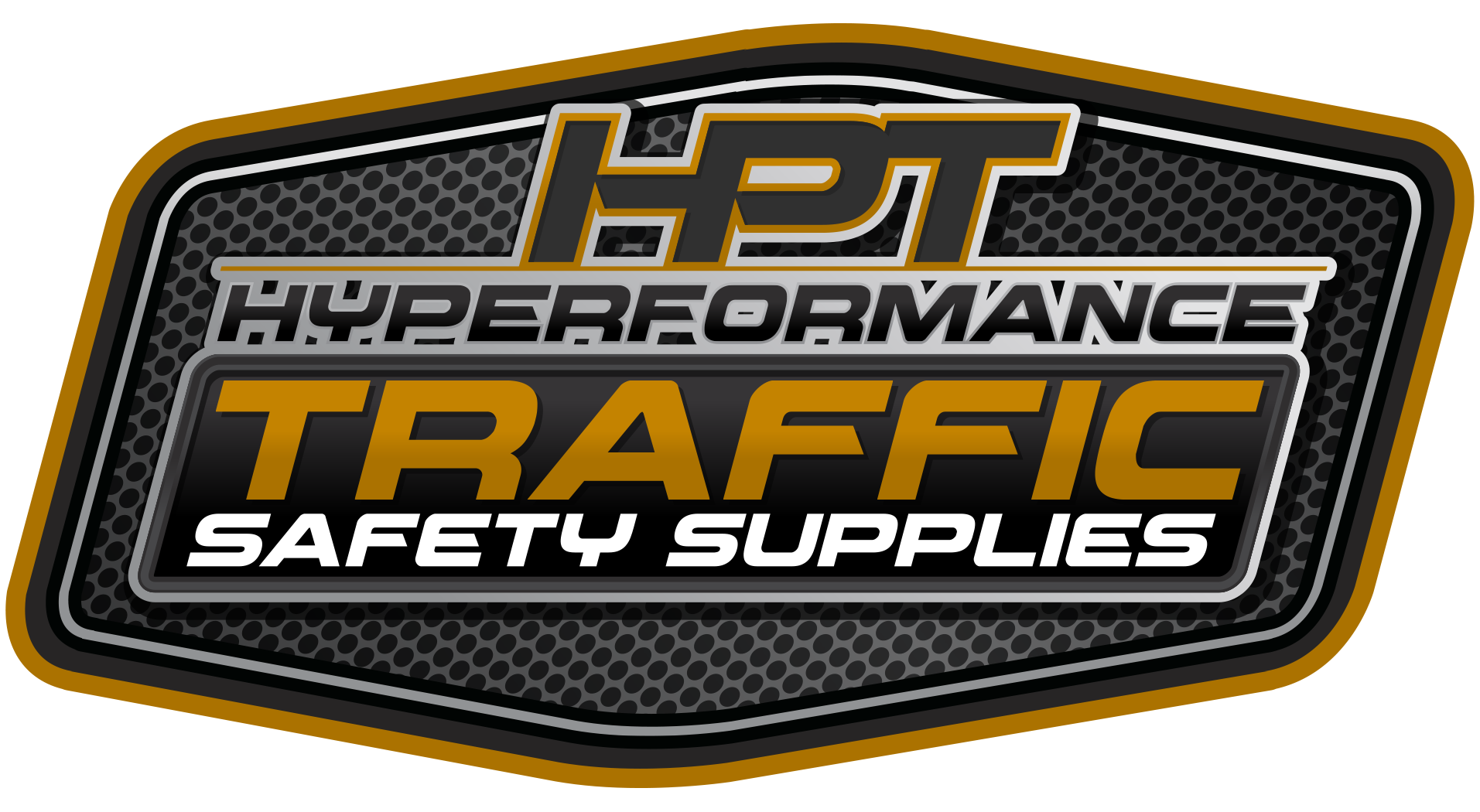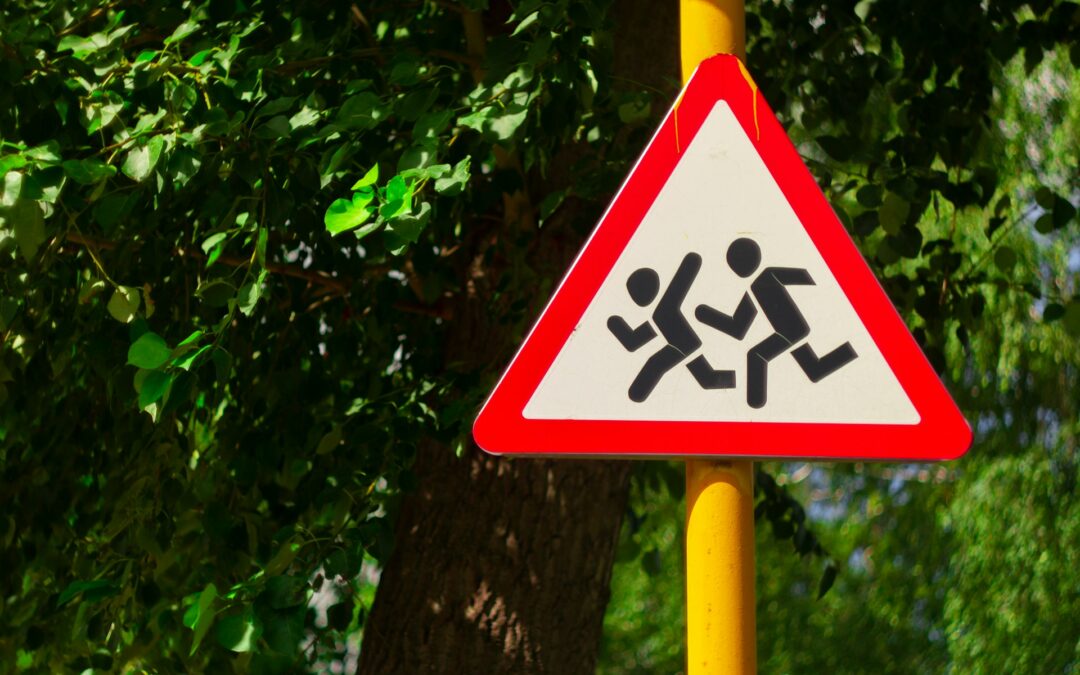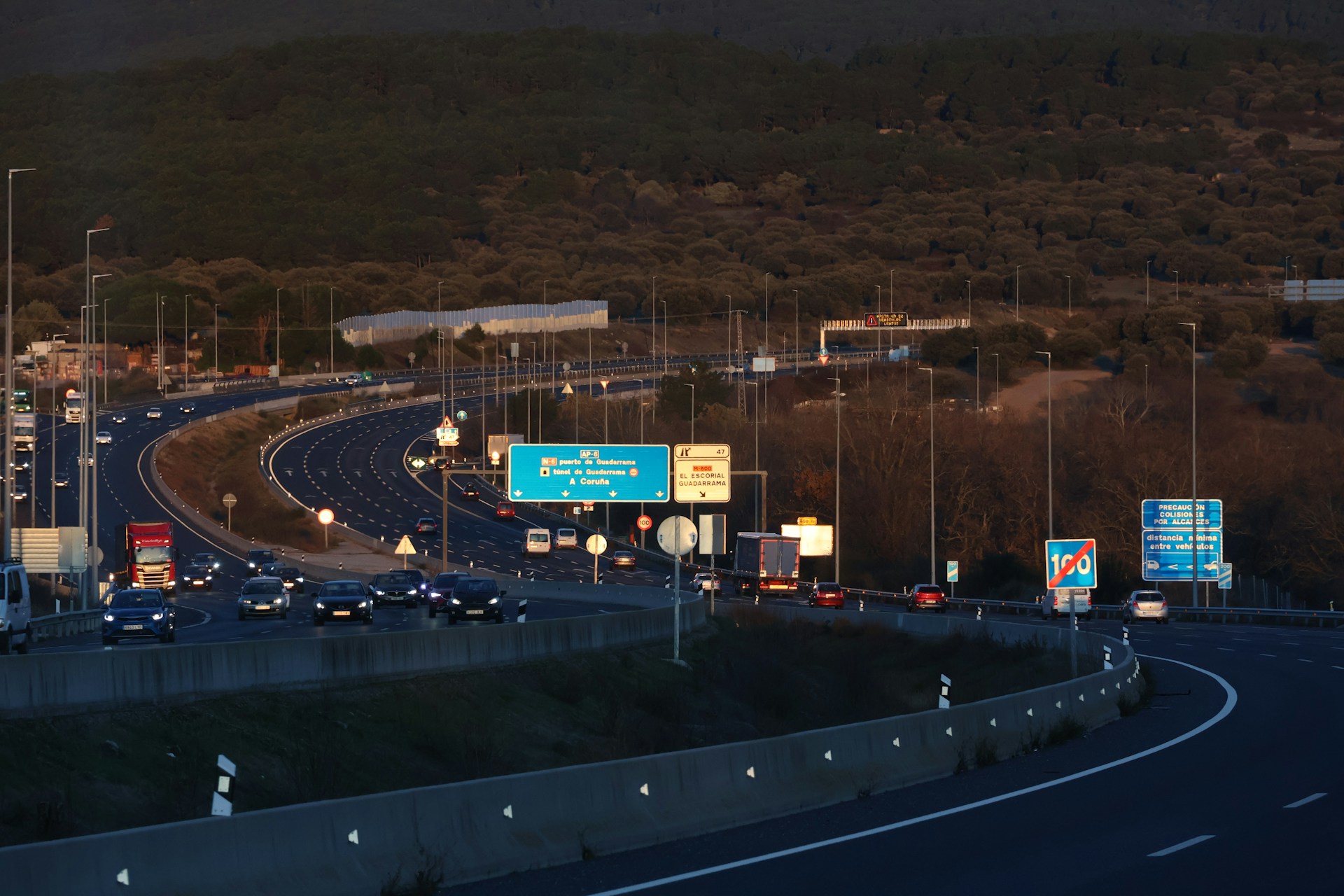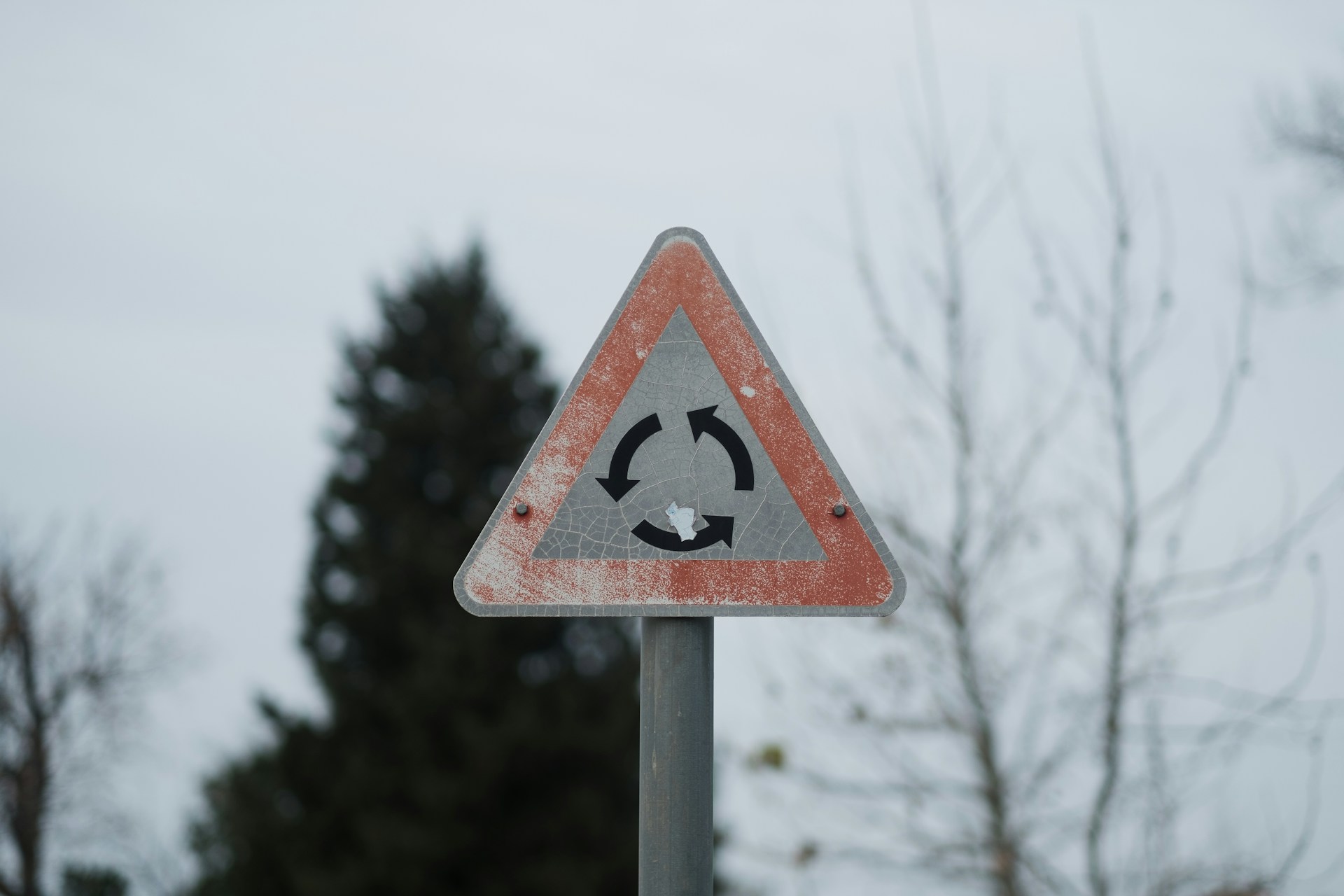Ever wondered how those colorful signs that guide us on the roads are made? In North Carolina, the creation of custom traffic signs is a fascinating mix of unique design, smart material choices, and skilled manufacturing. Each sign starts as an idea and becomes a tool that helps keep drivers, pedestrians, and road crews safe.
From paving companies to local municipalities, many rely on these essential tools for road safety. The process might seem straightforward, but a lot goes into crafting signs that hold up to time and weather. Each step, from early planning to the final shipment, matters in building signs that meet regulations and keep roads moving. Here’s a closer look at how signs are made right here in North Carolina.
The Design Process
The journey begins with figuring out what the sign needs to achieve. This involves paying close attention to the requests of clients, following all necessary regulations, and making sure the end result is functional and compliant. The goal is to produce a sign that is easy to interpret while standing up to conditions on the road.
Design teams use digital tools to sketch, edit, and finalize layouts. These tools make it easier to get the right font sizes, bold colors, and symbols that stand out and communicate clearly. A typical design process looks like this:
– Meeting requirements: Designers gather info on the message, location, road type, and the people who need to read the sign.
– Following regulations: Each design is matched with state and national rules, like MUTCD guidelines, to make sure it meets legal and safety standards.
– Creating layouts: Designers use software to pick fonts, spacing, and colors. Every choice impacts readability and visibility.
Design isn’t purely technical. It’s about clarity, too. A well-made sign helps drivers respond quickly and accurately, whether it’s directing traffic around a work zone or pointing the way to a detour.
Selecting the Materials
Designing the layout is just one part. Materials matter just as much. A sign needs to survive wind, rain, UV exposure, and temperature swings. So, picking the right substrate is key.
Two of the most common materials are:
– Metal: Usually aluminum, it’s strong, weather-resistant, and great for permanent signs. It holds reflective coatings well and doesn’t rust.
– Plastic: Often used for short-term or temporary signs. It’s lightweight and cost-effective but still performs in different environments.
Visibility is another major focus, especially at night or during storms. That’s where reflective coatings come in. These coatings bounce headlights back at drivers, helping signs stand out in low light or rough conditions. Whether you’re in the city or on a backroad, visibility can make all the difference. One example includes durable stop signs installed in high-traffic areas that still look bold and readable years after placement.
The combination of tough substrates and high-performance coatings is what makes signs dependable no matter where they’re installed in North Carolina.
Manufacturing The Signs
Once materials are selected and designs approved, the sign heads into production. This is where skilled workers and advanced equipment step in. Precision tooling ensures every sign is cut to exact dimensions so it fits its bracket, stands tall, and does its job safely.
Machines are programmed based on the digital layout. Powered cutters shape the substrate into the right form. Whether it’s a standard rectangular speed limit sign or a unique construction warning, accuracy is key. Each drilled hole is placed according to the mounting needs and double-checked along the way.
From there, it’s prep time. Surfaces are cleaned so nothing affects the adhesive or printing. Once ready, here’s how the graphic gets printed and applied:
1. A large-format printer creates the full-color design on reflective vinyl.
2. The printed layer is covered with a protective laminate to shield against moisture, dust, and UV rays.
3. The graphic is aligned with the sign substrate.
4. Heat and pressure are used to bond everything tightly together.
Every step in this process affects the end result. A slight error in heat application or graphic alignment can impact durability and readability. So, accuracy doesn’t just matter on paper — it’s built into each layer.
Quality Control And Shipping
Before a sign gets placed in the ground or attached to a post, it goes through rigorous checks. This makes sure it can stand up to the real world and meet expectations from clients, contractors, or city departments.
The quality inspection includes:
– Surface checks for scratches, tears, or smudges
– Verification of hole spacing, size, and placement
– Light tests to confirm consistent reflectivity
– Alignment checks to avoid crooked graphics
– Color review to ensure long-term readability
Any mistakes found during these checks mean the sign doesn’t ship. That’s because even mild distortions can cause confusion on the road, slow down jobs, or violate regulations. With a well-established process in place, mistakes are caught early and fixed before leaving the shop.
Once the sign passes inspection, it’s packed and shipped with care. Because Hyperformance Traffic Safety Supplies produces and ships locally, deliveries across North Carolina show up fast — often reducing project delays. Jobs stick to their timelines, and crews can focus on installs instead of chasing materials.
Why It All Matters In North Carolina
North Carolina is a mix of rugged mountain roads, dense urban streets, and humid coastal stretches. Each area brings its own challenges when it comes to traffic signage. That’s why signs must be made with local conditions in mind.
By creating and shipping signs locally, crews avoid many of the common setbacks from out-of-state suppliers. There’s no waiting around for the right size or having to accept a substitute. Whether it’s a new town route marker or a detour sign for weekend striping work, local production centers keep things moving.
Signs that last through rainstorms, bright summer heat, and daily wear matter. Crews, drivers, and communities all rely on those signs to communicate fast and clearly. That’s why understanding the full process — from design to inspection — is valuable for anyone involved in roadwork across North Carolina. When signs are built with this level of care and knowledge, they don’t just meet standards. They help keep roads moving and people safe.
If your crew needs reliable, locally made traffic signage that holds up in tough conditions and meets project timelines, take a closer look at how Hyperformance Traffic Safety Supplies handles everything from design to delivery. Learn more about how we support contractors, municipalities, and paving crews with dependable solutions through our work with custom traffic signs in North Carolina.




